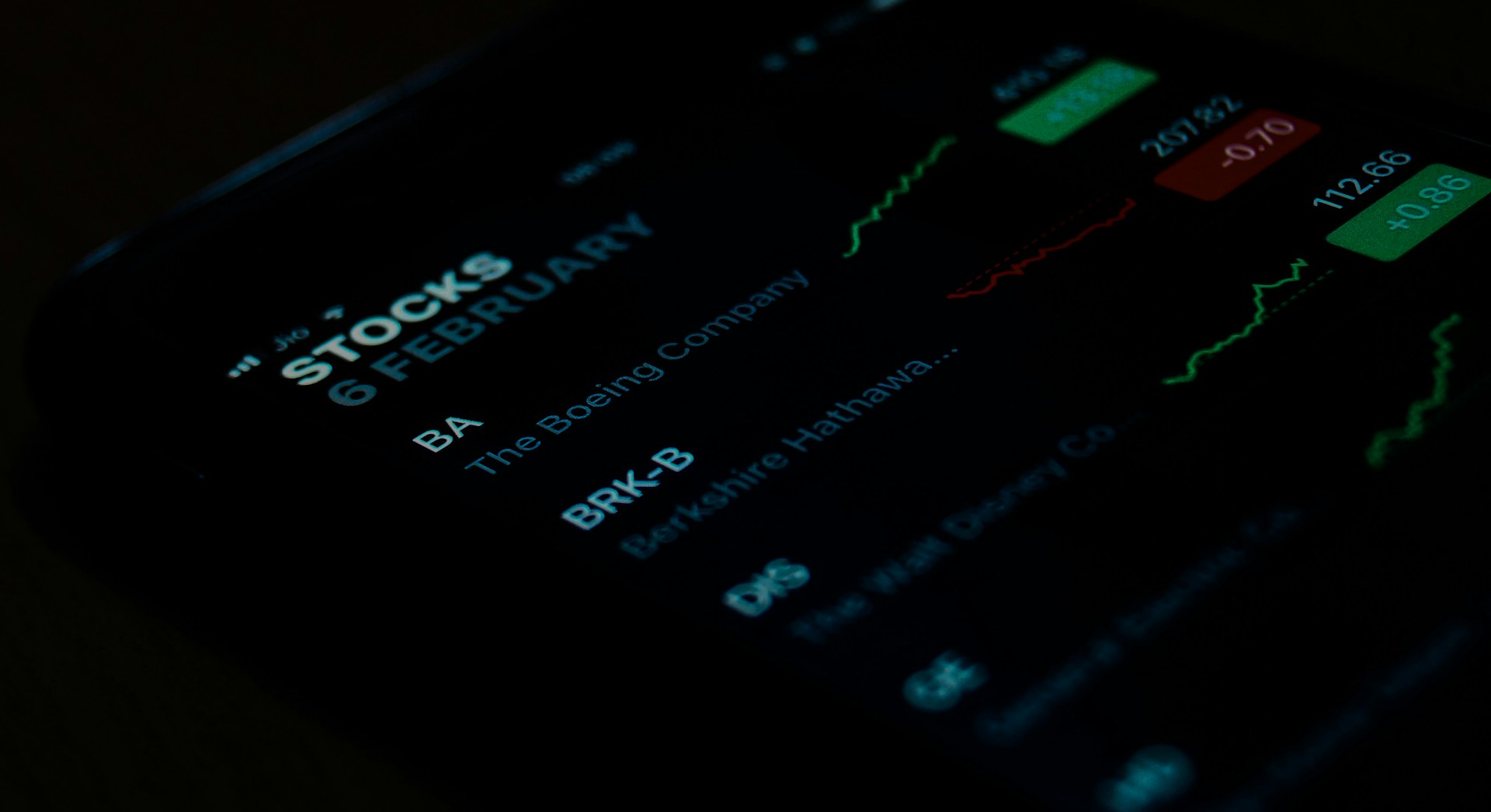In low latency trading, Field-Programmable Gate Arrays are redefining execution speed, enabling trades to be completed in nanoseconds. However, their integration demands investment and technical expertise. The critical question remains: do the performance gains justify the cost and complexity?
Understanding FPGA Technology in Trading
FPGAs are specialized chips designed for high-speed, parallel processing. In trading, they excel at ultra-low latency trade execution, market data processing, and pre-trade risk management.
Unlike software-based systems, FPGAs implement trading algorithms directly in hardware, allowing them to process multiple operations simultaneously. This parallel execution enables them to handle thousands of trades per second while analyzing vast amounts of market data in real time.
Another major advantage is their deterministic performance. Unlike CPU-based systems, which can experience fluctuating processing times under heavy workloads, FPGAs offer consistent, predictable latency—even during periods of high market activity or network congestion. For high-frequency traders, this level of reliability is crucial.
Initial Investment in FPGA Boards and Hardware
Adopting an FPGA-based trading system requires a substantial upfront investment. High-performance FPGA boards typically range from about $2000 to $15,000, with some highly specialized models costing even more than that. Even with bulk purchasing options, the hardware costs are considerable.
Beyond the chips themselves, firms must invest in supporting infrastructure, such as high-performance servers and specialized networking equipment.
Ongoing expenses extend beyond initial deployment, including system maintenance, protocol updates, and continuous performance benchmarking to ensure optimal execution speeds. A well-optimized FPGA trading platform can reduce dependency on traditional CPUs, lower power consumption, and enhance overall efficiency. To simplify implementation, firms like Magmio specialize in FPGA-based trading solutions, providing tailored support for high-frequency trading strategies.
Flexibility of FPGA Programming for Custom Solutions
One of the biggest advantages of FPGAs is their reconfigurability. Unlike fixed-function hardware such as Application-Specific Integrated Circuits (ASICs), FPGAs can be reprogrammed after manufacturing. This allows trading firms to implement proprietary algorithms and customize functionality to fit their specific strategies.
However, adapting an FPGA-based trading logic is not as straightforward as modifying a software algorithm. Firmware updates are required for any changes, making iteration cycles a bit longer than those in purely software-based systems.
Another challenge is the specialized expertise traditionally required for FPGA programming. Engineers typically need proficiency in Hardware Description Languages (HDLs) like VHDL and Verilog—highly specialized skills that command premium salaries due to industry demand. However, with Magmio, this barrier is significantly reduced. Instead of working with HDLs, developers can implement strategies in C++ and integrate them into a pre-designed template. Magmio’s framework, which runs locally on the user’s server, translates the strategy into FPGA representation using an HLS compiler, ensuring that sensitive code remains secure. This approach allows firms to leverage FPGA acceleration without requiring deep hardware expertise, making strategy adjustments and optimizations more accessible.
Factors Influencing the Decision to Use FPGAs
Whether to adopt FPGA technology depends on several key factors, starting with trading strategy. FPGAs provide the most value in latency-sensitive strategies, such as arbitrage and market-making, where nanoseconds can make or break profitability. They are widely used in electronic market-making for equities, exchange-traded derivatives, and foreign exchange.
Industry competition also plays a role. Many top high-frequency trading (HFT) firms—including IMC, Optiver, Jane Street, Jump Trading, Flow Traders, and DRW—integrate FPGAs into their infrastructures. Even major financial institutions like the London Stock Exchange have adopted FPGA technology to optimize their trading operations.
Regulatory compliance is another consideration. Frameworks such as SEC 15c3-5 in the U.S. and MiFID II in Europe require pre-trade risk checks, which FPGAs can efficiently handle.
Evaluating the ROI of FPGA Technology in Trading
To determine whether investing in FPGAs is worthwhile, firms must weigh performance benefits against total costs.
It’s a well-known fact that FPGA implementations can react to market data with latencies in the nanoseconds range, handily outperforming conventional CPU-based solutions in several real-world deployments. For example, Optiver’s internal low-latency trading solution implements the whole critical path in the FPGA, achieving latencies below 200 nanoseconds. In another case, an FPGA-based order processing component doubled processing speed while reducing latency compared to a purely software-based solution.
However, these benefits come at a price. In addition to the high hardware costs mentioned above, firms also incur significant development expenses, premium engineering salaries, and ongoing operational costs. While more energy-efficient than GPUs for certain tasks, FPGAs still consume power at levels ranging from a few watts to tens of watts, depending on workload.
For firms engaged in high-volume, latency-critical trading, the ability to shave nanoseconds off execution times can translate into significant profitability gains. In such cases, the investment in FPGA technology may be well justified. However, for firms that do not rely on ultra-low latency strategies, the high costs and technical expertise required may outweigh the benefits.



Leave a Reply